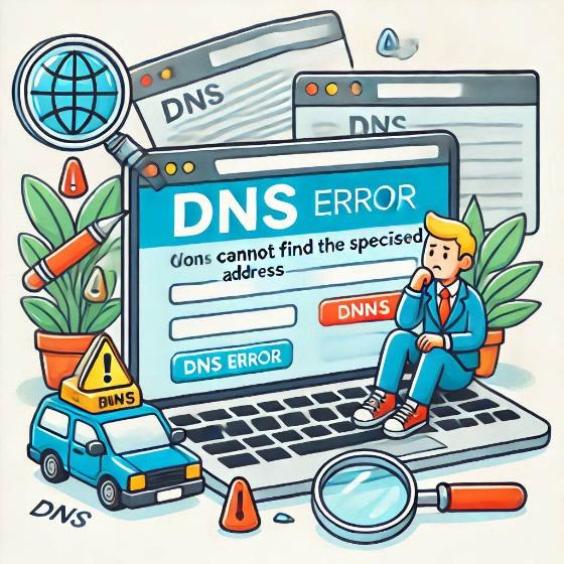Common Mistakes When Interpreting Marketing Metrics and How to Avoid Them
In the world of marketing, metrics are fundamental to measuring the success of our campaigns and strategies. However, the incorrect interpretation of these metrics can lead to erroneous conclusions and poorly informed decisions. In this article, we will explore some of the common mistakes when interpreting marketing metrics and how to avoid them.

1. Not considering the context
One of the most common mistakes when interpreting marketing metrics is not considering the context in which they are being analyzed. This can include factors such as competition, target market, economy, and season. For example, if a marketing campaign has a low performance during a certain month, it is important to consider if there was any external event that could have affected the results, such as an economic crisis or intense competition.
Example:
A clothing company analyzes its online sales during the month of January and observes that they have decreased by 20% compared to the same month the previous year. However, upon considering the context, it discovers that the competition has launched an aggressive marketing campaign during that month, which may have affected sales.
2. Focusing only on volume metrics
Another common mistake is focusing only on volume metrics, such as web traffic or ad impressions, without considering the quality of those visitors or impressions. This can lead to erroneous conclusions about the effectiveness of a marketing campaign.
Example:
A technology company analyzes its marketing metrics and observes that its web traffic has increased by 50% in the last month. However, upon further analysis, it discovers that most of that traffic comes from bots and not from real users, which does not add value to the company.
3. Not considering variability
Marketing metrics can vary significantly from day to day or from week to week. Not considering this variability can lead to erroneous conclusions about the overall trend of a marketing campaign.
Example:
A services company analyzes its marketing metrics and observes that its sales have increased by 20% in the last day. However, upon further analysis, it discovers that this increase is due to a special promotion that was offered only that day, and that the overall trend of sales has not changed significantly.
4. Not using attribution metrics
Attribution metrics, such as ROI (return on investment) or CPA (cost per acquisition), can help understand the effectiveness of a marketing campaign. Not using these metrics can lead to erroneous conclusions about the profitability of a campaign.
Example:
A consumer products company analyzes its marketing metrics and observes that its social media advertising campaign has generated a 30% increase in sales. However, upon further analysis, it discovers that the cost of the campaign is very high and that the ROI is negative, which means that the campaign is not profitable.
5. Not considering the customer's perspective
Marketing metrics may not reflect the customer's perspective. Not considering this perspective can lead to erroneous conclusions about the effectiveness of a marketing campaign.
Example:
A services company analyzes its marketing metrics and observes that its email campaign has generated a 20% increase in openings. However, upon further analysis, it discovers that customers are opening the emails, but not taking action, which means that the campaign is not generating the desired impact.
Correct interpretation of marketing metrics is fundamental to making informed decisions and improving the effectiveness of marketing campaigns. By considering the context, the quality of visitors or impressions, variability, attribution metrics, and the customer's perspective, we can avoid common mistakes and make more informed decisions.





